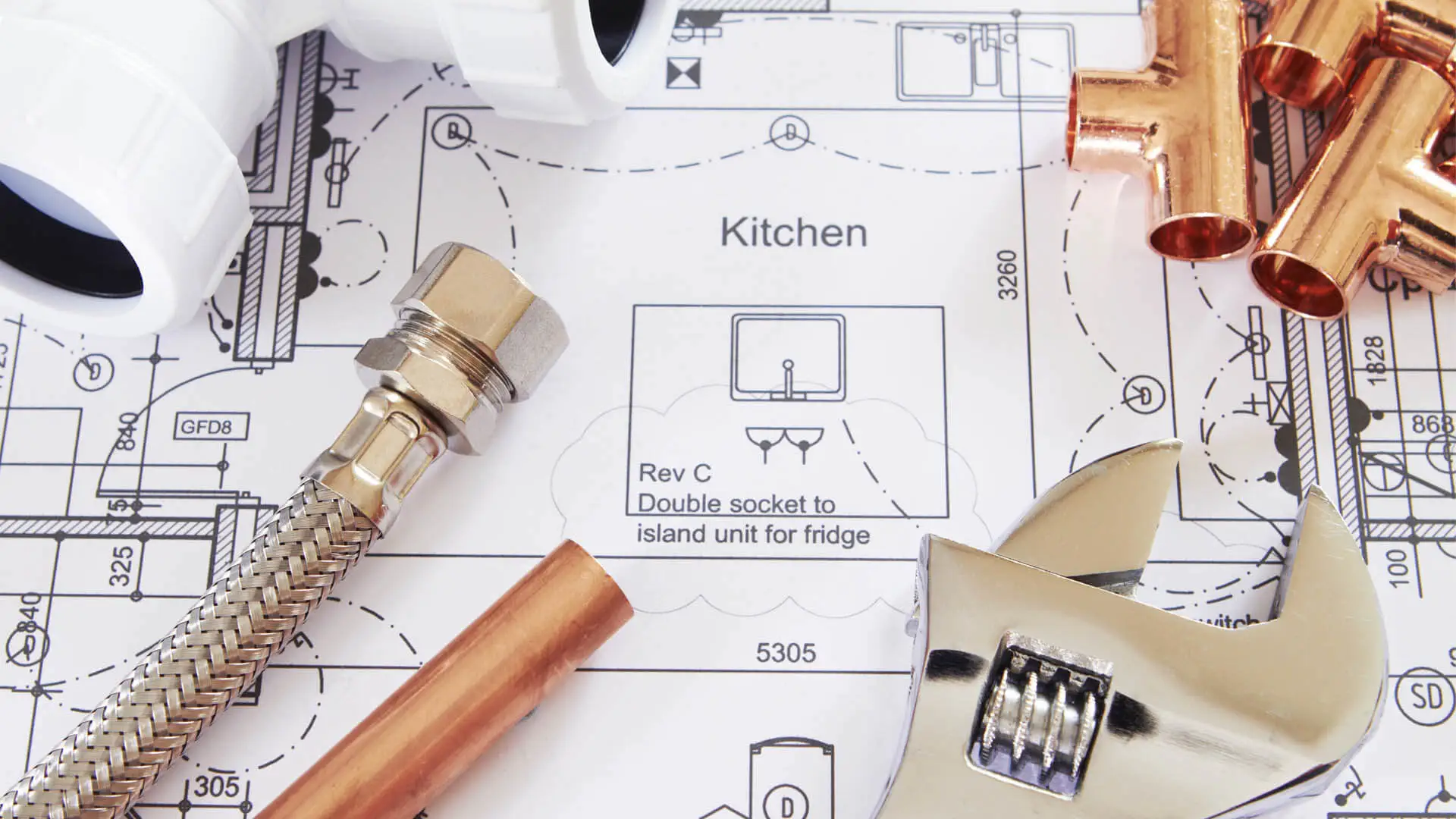
Great plumbing information, news and advice from Curtis Plumbing.

Great plumbing information, news and advice from Curtis Plumbing.
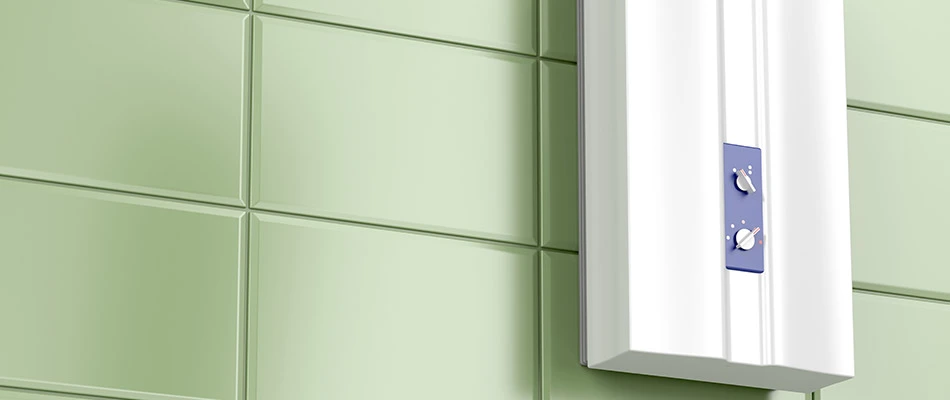
Waking up to find that you don’t have hot water, or worse, a leak coming from your water heater, is not a great way to start your day. Water heater repairs can take a lot of time, and may even lead to a total replacement if you have an older water heater.
When you do replace your water heater, there are options to consider, such as installing a new traditional water heater or choosing to go with a tankless water heater. Tankless water heaters do have several advantages, but it’s best to consult with a professional plumber before making that choice.
Here is some more information on tankless water heaters and when it is best to install them in homes in Riverview, Brandon, Valrico, and nearby Florida areas.
Tankless water heaters have some advantages over a traditional water heater. Generally, they use less energy to provide your home with hot water. A traditional water heater constantly keeps...
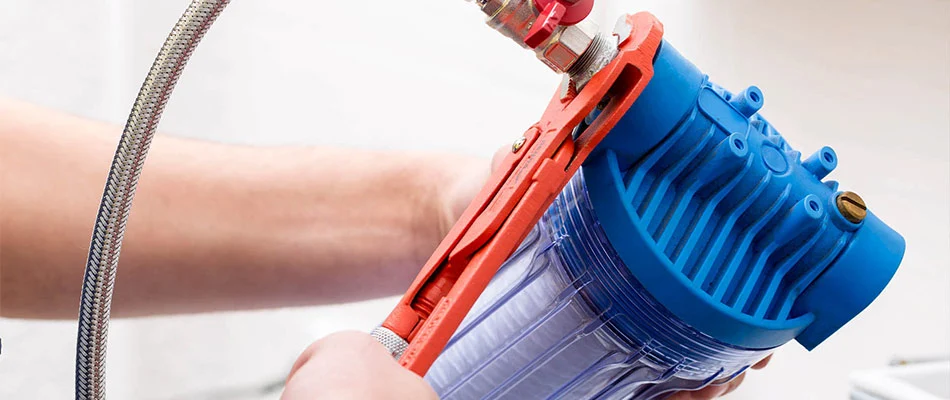
Making sure your home has clean, purified water is very important. In our area of Florida, hard water issues can make taking showers unpleasant and can pose serious health risks to you and your loved ones. Installing a water filtration system for your home is a great way to resolve hard water issues and ensure your home has clean, healthy water.
If you live in Riverview, Brandon, Valrico, and the surrounding areas, here are some things to keep in mind when choosing the best filtration system for your home.
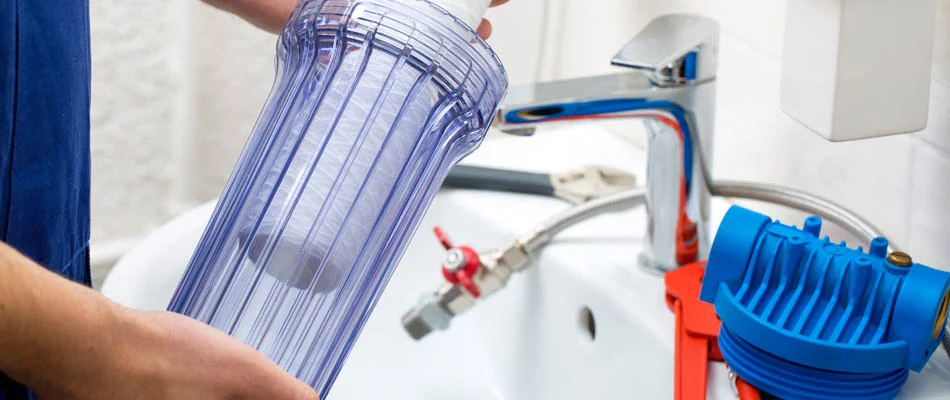
Point of use water filtration system is great for homeowners wanting a less expensive and convenient way to filter drinking water from the faucet. This filtration system uses reverse osmosis to deliver superior water filtration from the convenience of your tap. Reverse osmosis filtration systems force water through semi-permeable membranes that filter water at a molecular level, removing harmful minerals such...
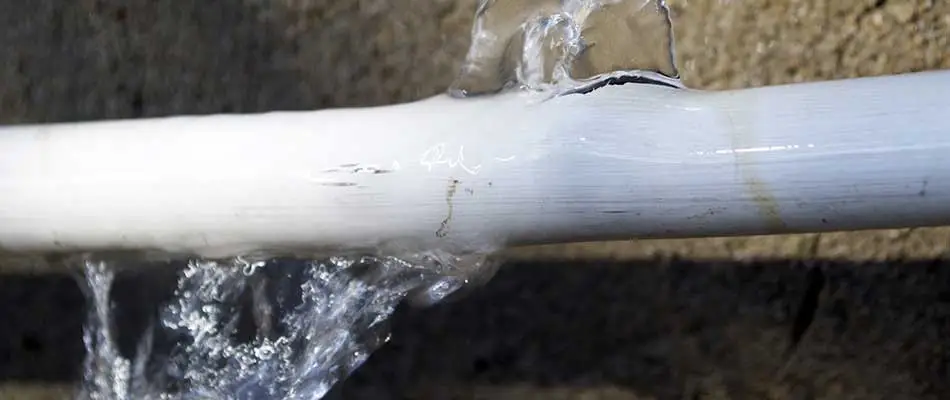
Summer means fun, free time, and vacation for many Floridians. But going on vacation also means there’s a load of things to stay caught up on, especially if you’re a homeowner.
Between the frenzied last-minute packing, loading up the car, and checking for anything left behind, make sure you also ensure that your home is prepared in case any plumbing issues arise while you’re gone.
Here’s a quick guide to ensuring that you can avoid plumbing emergencies while you’re out of town, and if you do have any issues arise at your home located in Riverview, Brandon, Valrico, and nearby communities, Curtis Plumbing is ready to help.
Before you head out of town, make sure there aren’t any visible leaks in your pipes or faucets. No one wants to come home to find a pipe has burst and flooded their home. Another place you will want to check is the hoses on your washing machine. These can ...
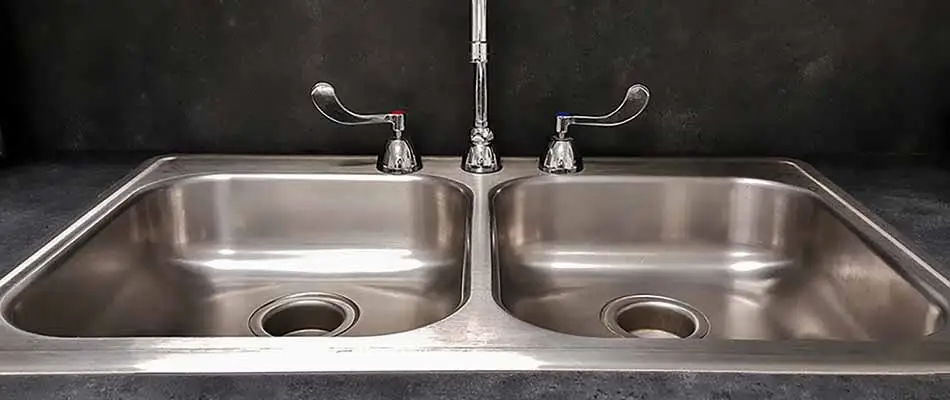
It’s easy to assume that the dirtiest place in your home would be your toilet. But actually, that isn’t true.
The place in your house with the most bacteria is actually the kitchen sink. A study found that kitchen sinks contain bacteria like E.coli and salmonella. Cleaning sinks is a big part of kitchen sink maintenance, especially when you realize that this bacteria accumulates and there’s old food sitting in your drains and pipes just waiting to form a clog.
Here’s what you can do to keep your kitchen sink clean and maintained in Riverview, Brandon, Valrico, and other nearby Florida areas.
Using abrasive chemicals that are often found in cleaners can lead to damage to your kitchen sink’s finish. A great alternative is to use baking soda and vinegar. Sprinkle a layer of baking soda on the bottom of the sink and let it form into a paste-like consistency. Make sure to then rinse it out...
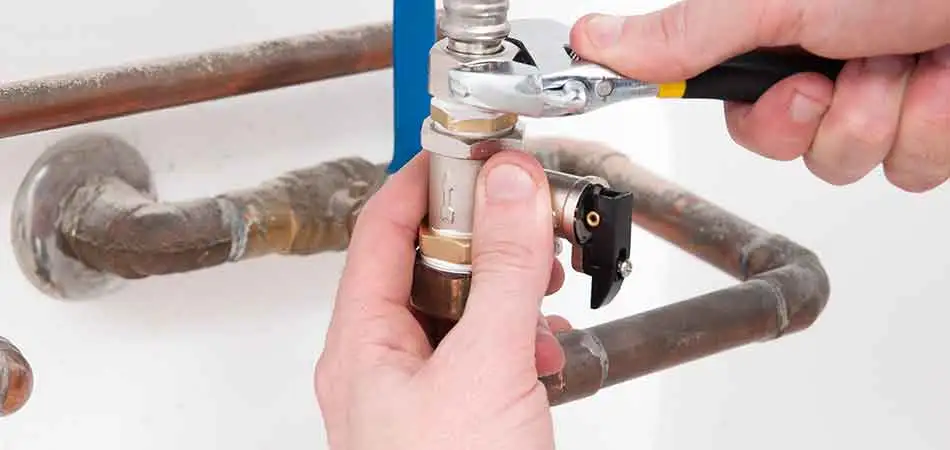
Older homes often have aging pipes. Mainline backups and leaks are common with such older systems. After the condition deteriorates to a certain point, pipes will need to be replaced.
In more serious cases, calcium deposits can break loose and work their way into your glass of water. Here, we will discuss when it’s time for complete replacement.
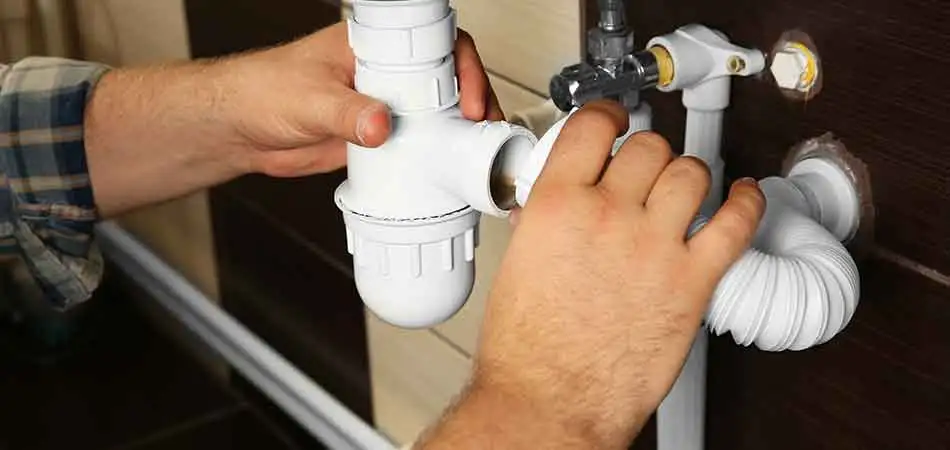
The water in Florida often leads to a lime buildup in pipe systems. The clogging becomes so severe that there is not enough room for water to properly flow. In the Tampa Bay Area, it’s common for older homes to have cast iron pipes or copper pipes. Hard water can cause buildups and deposits can form, leading to impossible clogs. Eventually, the system’s pressure back builds and can cause leaks.
Another key sign is the presence of rust colored water. When rust is showing in the water itself, it’s usually a sign that corrosion is occurring...
